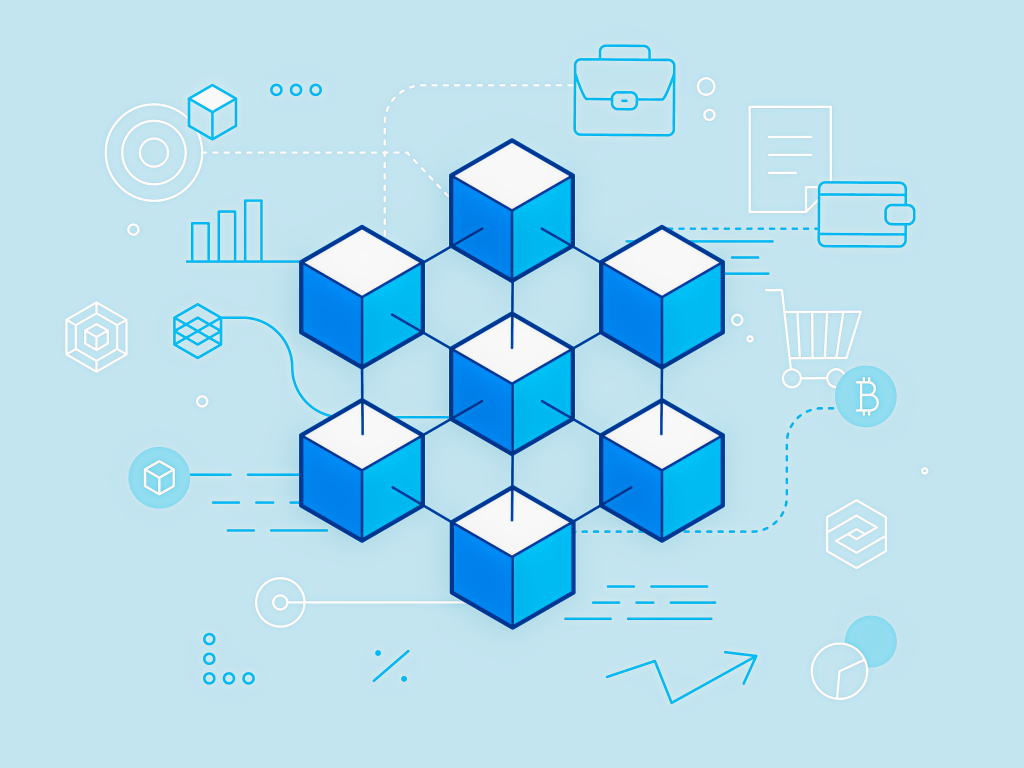Microsoft, Nvidia and Samsung are three prominent companies that use blockchain in their business operations. Global businesses are adopting the technology at an unimaginable speed. But do we know why they flock towards blockchain?
In the article below, we have put together the blockchain technology basics to help you understand its immense potential. Let’s look at the four features of blockchain that you can’t NOT know!
- Information is stored in blocks:
A blockchain is a database that stores information. A conventional database stores information in tables. But the blockchain stores information in a block.
Let’s call the first block, ‘block A’. The next piece of information is stored in the next block – ‘block B’. Block B is connected to block A, forming a chain of blocks.
The chain of blocks provides a digital record of time of all data stored in each block. It is useful to track transactions, the data trail of an application and time-sensitive information such as asset ownership. As such, blockchain is a transparent and a cost-effective mechanism of recording critical information and is used across businesses, health, legal sector, banking and finance.
- Blockchain is decentralized:
Cloud computing services such as Amazon Web Services offer information storage facilities. But they are highly centralized organizations. Relying on such services makes businesses more vulnerable to technical issues.
On the contrary, when information is recorded in the blockchain, there is no single point of failure. This is because the blockchain is distributed among many nodes of a computer network.
- Blockchain is immutable
It is not easy to tamper with the data stored in the blockchain, thanks to the hashing process of the blockchain. If someone attempts to manipulate the data, the subsequent and previous connected blocks will reject the change. This ability for a blockchain ledger to contain a history of transactions that cannot be altered – is called immutability.
Blockchain stand out from other conventional databases because you cannot easily modify transactions in a blockchain. As a result, once the information is recorded on the blockchain, you can be sure that it is authentic and is not tampered with. As a result, users can create more efficient processes, save costs and simplify auditing.
- Blockchain removes the middleman:
We heavily rely on third parties for their services. We use cloud computing services to store our information in servers, and banks to transfer our funds. Third parties are costly, require blind trust and introduce more bureaucracy to the process. They are run by humans vested with interests and we often don’t reap any benefits from having middlemen in the process.
Blockchain can help you get rid of the middlemen. For instance, you don’t have to rely on banks to transfer money from one country to another – an application deploying blockchain technology is sufficient. This is how you can transfer your BTC funds to another person – solely by using blockchain technology.
Conclusion:
Blockchain has many distinct features compared to a conventional database. The technology, despite being relatively new, is already used in a number of supply chain operations, smart contracts and other business activities. You may be an investor, a technology enthusiast, or an observer of global trends. No matter where your interests lie, keep an eye out on how blockchain evolves, experiment with it and become a part of its evolution!
